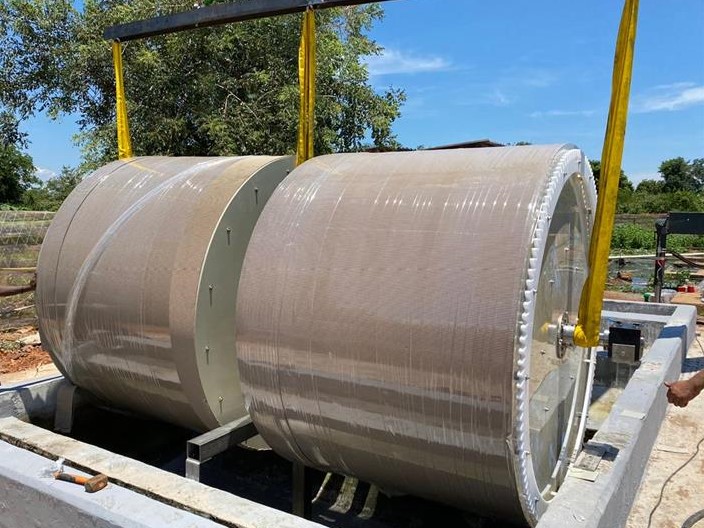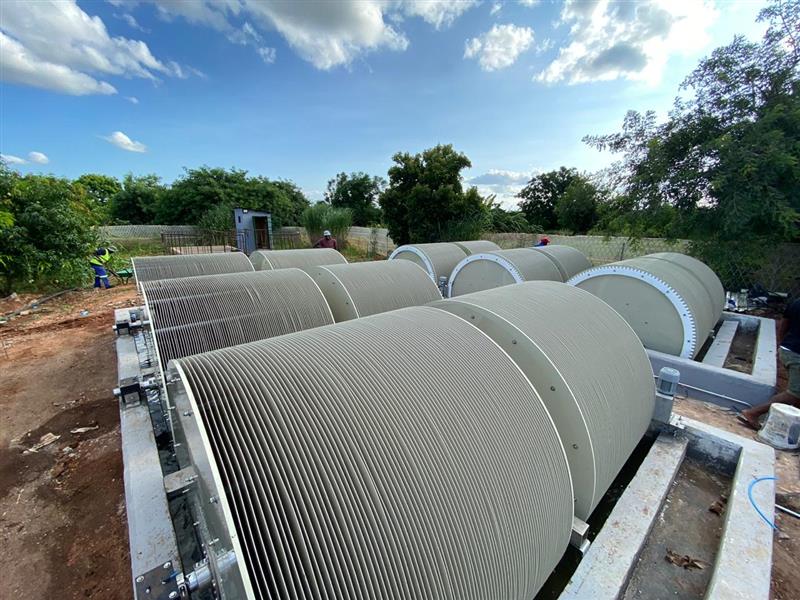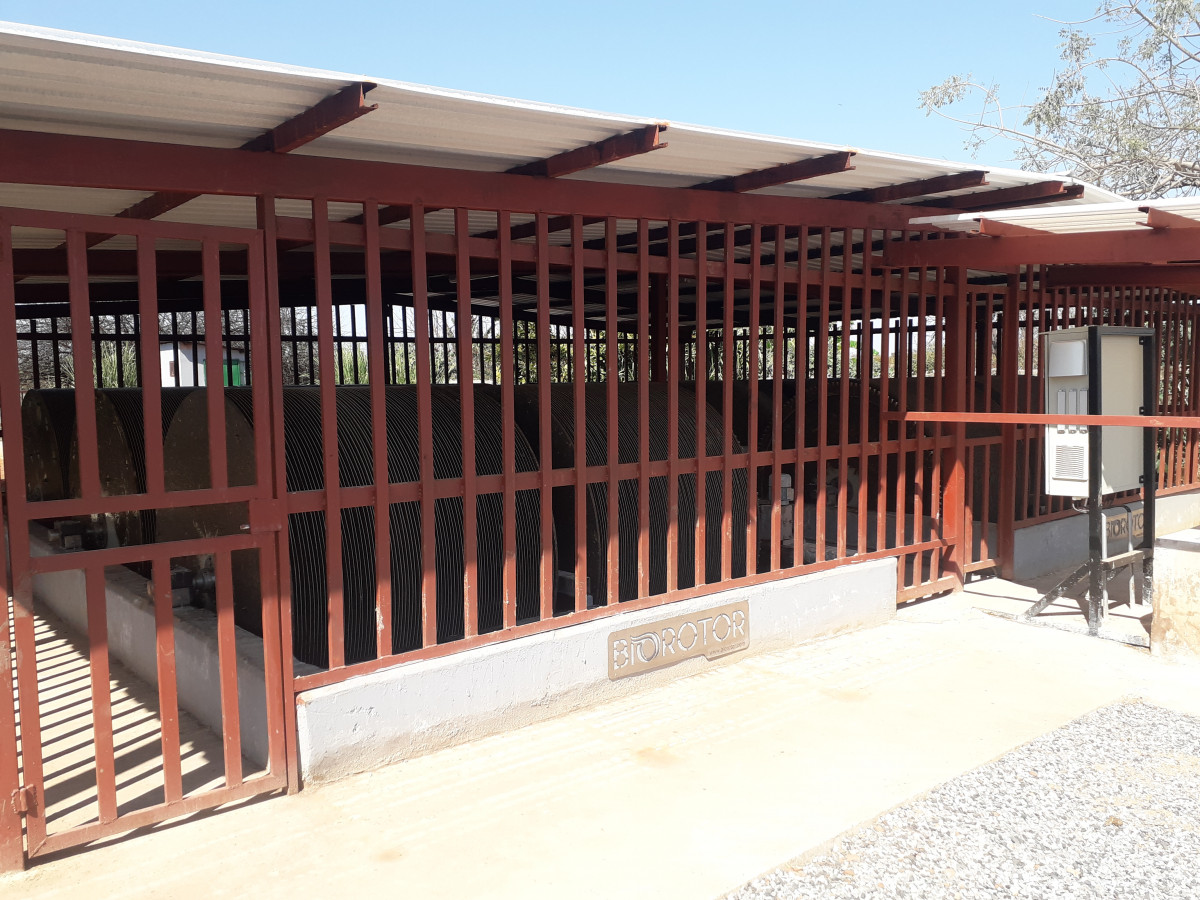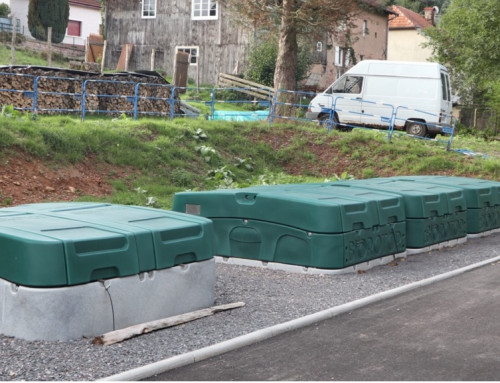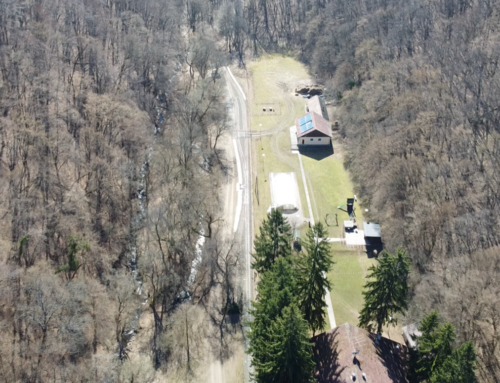Our Clients: Vhembe District Municipality and Tarcron Projects
Vhembe is situated in an extremely remote part of the Limpopo Province in South Africa, rich in heritage and unique flora in the giant baobab tree and fauna in the mopane worm, a staple diet for the local communities during the late rainfall seasons. It shares borders with Zimbabwe in the north, Mozambique through Kruger National Park in the east and Botswana in the northwest.
Tarcron Projects is a large civil engineering contractor specialising in major projects for the public sector.
The Challenge
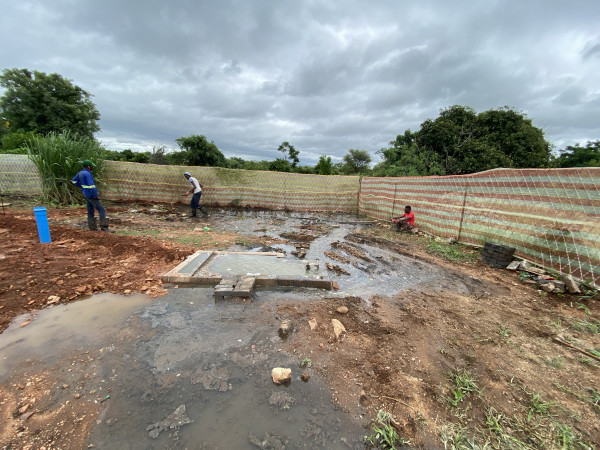
Old and failing wastewater treatment plants can be an ecological disaster, with incomplete effluent treatment causing pollution of ground and surface water bodies.
One of the many small sewage treatment facilities serving the municipality of Musina in the Vhembe District had been compromised due to age and the harsh operating conditions. This resulted in the discharge of partially treated effluent into the surrounding community areas and the environment, posing unacceptable risks to residents and the sensitive environment. It was estimated that more than 200m3 a day of untreated effluent was discharged into the local environment.
Tarcron Projects was appointed by the municipality to find a sustainable solution that would be fit for purpose, robust and simple for the small-scale municipality to operate and maintain. Scrapping the existing infrastructure and developing a new treatment facility would be too costly and time-consuming, which was not a feasible solution given the urgency of the situation. Tarcron required a professional solution that could be implemented quickly and effectively to minimise the damage and provide long-term resilience.
Our Solution
BIOROTOR, our modular Rotating Biological Contactor (RBC) which could be retrofitted to the existing RBC infrastructure, presented the ideal solution for this project. BIOROTOR was developed to solve exactly the issues that needed to be addressed at Musina Sewage Treatment Facility, with rapid deployment and a 10-year warranty, reinforcing our confidence and commitment in the robustness and reliability of the BIOROTOR design.
Each module comprises an assembly of discs on a solid stainless-steel shaft and an innovative independent drive system. BIOROTOR, in this retrofit version, was specifically designed to seamlessly and effectively modernize, and replace the failed existing system based on similar technology. As BIOROTOR is fully designed and manufactured in-house, it can be tailored to fit the exact specifications of the existing infrastructure. In this way, an old treatment plant is easily transformed into a modern sewage system which is cost-effective, robust, and very easy to maintain. Furthermore, by applying the features available to a BIOROTOR configuration, additional treatment capacity was provided across the aerobic phase on the same footprint, securing buffer capacity should there be any changes in operating conditions. In this instance, the capacity was augmented by more than 25%, while reducing the energy usage by more than 25%.
The Results
Six new modern BIOROTOR units were supplied and installed at Musina, each being retrofitted directly into the old system’s existing concrete structures.
Final effluent parameters achieved:
✔️BOD5: <20 mg/l
✔️Suspended solids: <25 mg/l
✔️Nitrates N: <15 mg/l
Although the facility is in a remote location, transportation was easily coordinated since the BIOROTOR modules were designed to fit in a standard shipping container. This significantly simplifies the logistics, particularly in reaching more difficult and remote locations.
Installation and commissioning were coordinated by BIOROCK Africa, working in partnership with our accredited dealer, Metsitec, and the client, Tarcron Projects.
Using BIOROTOR modules reduced the overall project costs since the existing civil infrastructure did not have to be demolished and no new civil works were required. Since the new BIOROTOR system uses less energy due to its novel drive system, the existing electrical installation could be utilised as-is. Together, this ensured that the project was completed in record time and the facility returned to operation.
The effluent parameters are expected to exceed the regulated discharge criteria, negating the risk of further negative environmental and health-related risks to the local environment and adjacent communities.

